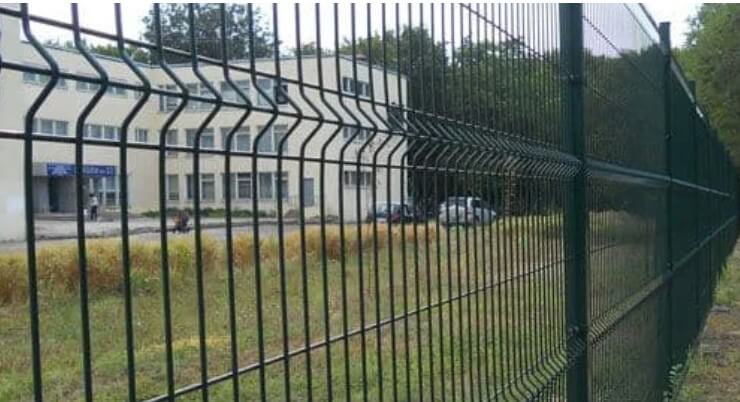One of the important structures on the site is a fence, the main function of which is to mark the boundaries of the property. At the same time, the fence should not interfere with the view, and the plants should receive enough sunlight. These problems are solved using a sectional 3D or 2D fence. This fence is assembled from separate sections using simple fasteners. Each section is a mesh welded from horizontal and vertical rods. The name 2D means that the mesh is flat, while the 3D surface has curves. What do polymer fence panels look like? Photo here https://properimetr.ru /
2D fence
It is a flat, even lattice made of rods with a diameter of 4-8 mm. For strength, it is reinforced with double rods in the horizontal direction. The larger the diameter of the rods, the stronger and more stable the lattice.
3D fence
A 3D voluminous lattice, like a 2D one, consists of crossed horizontal and vertical rods, but, unlike it, , has bends. They give strength to the entire structure, and can also serve as a channel for installing horizontal communications, for example, lighting cables.
Advantages
Sectional 3D and 2D fences have recently become very popular due to their valuable consumer qualities, namely:
- The mesh freely allows sunlight to pass through,
- The area behind the site is clearly visible,
- Thanks to the modern design, they can fit into any landscape,
- Availability, ease of delivery and assembly,
- No additional care required,
- Long service life of more than 50 years.
Application
Two-dimensional and three-dimensional sectional fencing are widely used in a variety of areas of the construction industry:
- In the improvement of public areas,
- For highlighting customs zone,
- To limit access to the area of reservoirs,
- When dividing summer cottages,
- For the construction of children's and sports grounds,
- During construction as temporary fencing, etc.
Production
2D and 3D sectional fences are made from high-quality steel wire with low carbon content. Under special thermal conditions, it is coated with a protective zinc layer. Hot-dip galvanizing provides resistance to weather conditions, resistance to deformation, and extended service life.
The wire pieces are securely connected by spot welding, forming an even grid with clear interval sizes. Due to their affordability and practicality, 2D and 3D sectional fences are increasingly becoming the optimal choice for every consumer.





